Daytona Home Mission Outreach Event
For anyone who would like to ride or drive down to Daytona Beach, Florida during Daytona’s bike week. Please join us as we will be helping out Pastor Luis Rodrigues and the Florida chapter in Daytona with outreach March 16-18.
The Home Mission Outreach Event will be held at Pastor Rodrigue’s church Pentecostals of Daytona.
1011 W.International Speedway Blvd
Daytona Beach, Fl 32114
Friday March 16 planning on going out and around Daytona for outreach.
Saturday March 17 events.
There will be a Blessing of the Bikes
A Bike/Car Wash
Gospel Music
BBQ
There will be a ASR Promotional Table Setup
Biker Church Service
A scenic ride to follow after Church Service. Either a short 45 Mile Light House Ride. Or a 140 Mile Ride to The Kennedy Space Center/Cape Canaveral
Sunday March 18 Church Service at 11AM
We would love to have a huge ASR support for this event.
While in Florida there is also a ASR ride to the southern most post in Key West for anyone who would love to join and ride down to Key West with us. You would need to book your own hotel for this.
We do have limited accommodations contact Bro Thompson for more details
Note: I would like it to known that we will not hanging around main street, the beaches or any other similar locations where the partying atmosphere is not conducive for a Christian man to be at. We will however go to the Daytona Speedway where a host of motorcycle vendors that sell every accessory known to man for motorcycles. We will also be conducting Scenic rides around Daytona for those interested.
For more information you can contact
Robert Thompson
Robert.Thompson@AzusaStreetRiders.com
305-525-4877
OR
Michael Theodore
blueknight1703@aol.com
330-720-0440


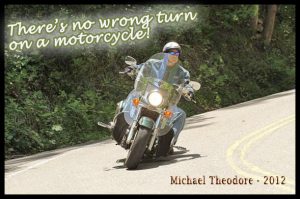
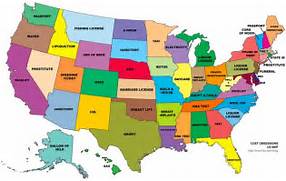
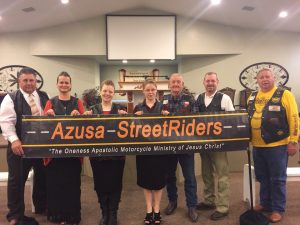
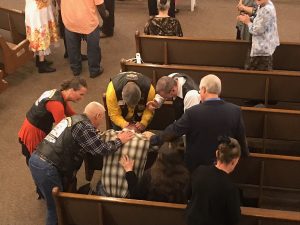 Brother’s In the Lord
Brother’s In the Lord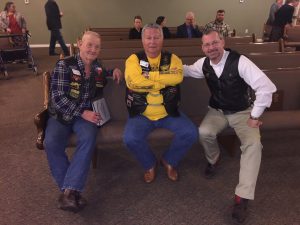 That’s What I’m Talking About
That’s What I’m Talking About